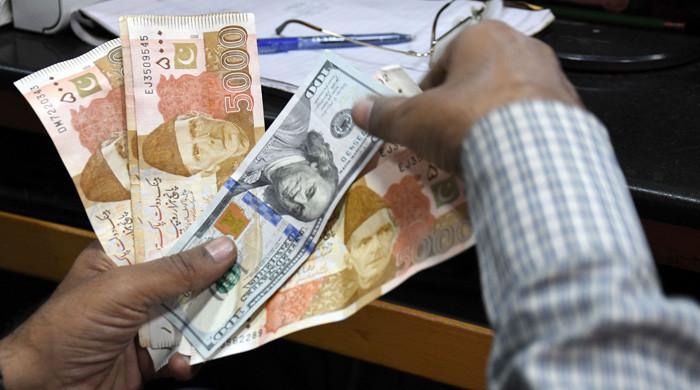- 2 potential slippage risks exist for Pakistan on fiscal front.
- Risks surface despite FBR surpassing its target.
- Govt asks both provinces to cautiously manage expenses.
The federal government has warned against excessive expenditures in Punjab and Sindh in the first two months of the ongoing fiscal year — July and August — which pose a risk of slippages under the International Monetary Fund (IMF) programme, The News reported on Friday.
It was reported that two potential slippage risks exist for Pakistan on the fiscal front for the ongoing fiscal year in line with the deal made with the financial institution.
One of the risks pertains to the rising debt servicing bills in the Centre, while the other is related to the provinces where a rise in expenditures has been recorded, which may result in a breach of the agreed target with the Fund.
The Finance Ministry has, therefore, warned the respective provincial governments to manage their expenditures cautiously, an official source told The News.
The risks have surfaced despite the fact that the FBR surpassed its target with a margin of Rs63 billion for the first quarter by achieving net growth of 24.1%, but it required growth of 31%. Therefore, moving forward, materialising the FBR target of Rs9.4 trillion might become problematic in the coming months.
Top official sources confirmed to the publication that the Ministry of Finance released funds for both development and non-development expenditures by utilising extraordinary care to restrict the deficit of the federal government within the envisaged limits agreed under the IMF Standby Arrangement (SBA) programme.
“There has been one potential risk of breach on account of debt servicing as the last auction of Treasury Bills (T-bills) was standing at 22.8% against the Ministry of Finance projection of cut-off rate at 21% for the current fiscal year,” an official of the Ministry of Finance conceded while talking to The News.
The estimates worked out by the ministry suggested that 1% hike in policy rate translated into increasing the debt servicing to the tune of Rs600 billion per annum. If there is a consistent policy rate ranging from 22 to 23%, the debt servicing bill might escalate from the budgeted amount of Rs7.3 trillion to Rs8.5 trillion for the current fiscal year.
Punjab planned restricting expenditures to the tune of Rs369 billion for the first quarter of the current fiscal year but in the first two months, 65% of expenditures were incurred. The same trends were witnessed in the case of Sindh. It caused an alarm among the dwellers of Q Block (Ministry of Finance).
The government had envisaged a budget deficit target of Rs6.9 trillion or 6.53% of the GDP for the current fiscal year. It is projected that the federal fiscal deficit would stand at Rs7.5 trillion while the provinces would throw a surplus of Rs0.6 trillion, so the consolidated fiscal deficit would be restricted to Rs6.5 trillion. The government sought a primary surplus of Rs0.397 trillion or a surplus of 0.4% of the GDP for the current fiscal year.
The IMF, in its report on Pakistan, has categorised that financial volatility raises risk aversion, causing financing pressures and capital outflows from emerging markets, including Pakistan. The spending pressures or lower growth weaken the underlying fiscal position. Weaker confidence and supply disruptions lead to a drag on economic growth.
In its policy recommendations, the IMF has asked Pakistan to implement strong policies and strengthen institutions as a foundation of strong and sustainable growth, scale up targeted social assistance and resist pressures to weaken fiscal discipline and preserve fiscal and debt sustainability.
The IMF has also suggested building fiscal and external buffers.

